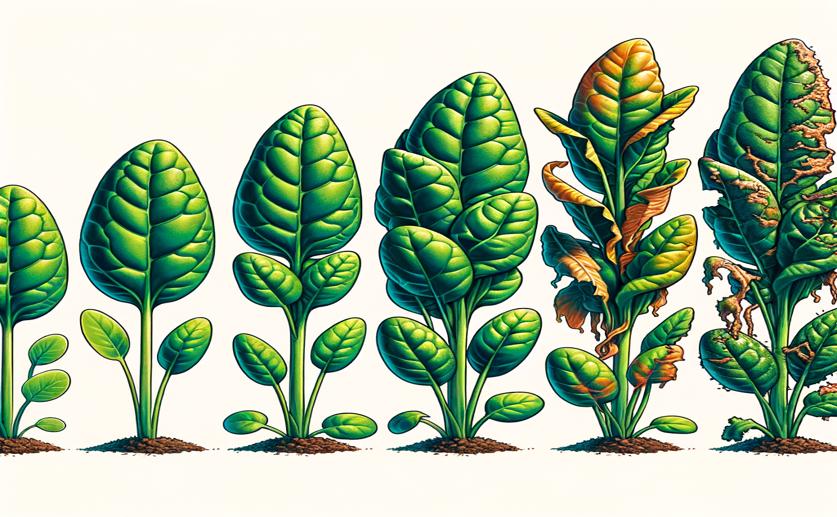
How Baby Spinach Bacterial Quality Changes Over Time
Jim Crocker
13th July, 2024

Image Source: Natural Science News, 2024
Key Findings
- The study from Cornell University examined baby spinach from Salinas, California, and Yuma, Arizona, to assess bacterial quality
- Packaged spinach from Salinas had higher bacterial concentrations than those from Yuma
- Higher preharvest temperatures were linked to increased bacterial concentrations on both harvested and packaged spinach
References
Main Study
1) A longitudinal study on the bacterial quality of baby spinach cultivated in Arizona and California.
Published 12th July, 2024
https://doi.org/10.1128/aem.00553-24
Related Studies
2) Associations between weather and microbial load on fresh produce prior to harvest.
3) Geographic and Host-Associated Variations in Bacterial Communities on the Floret Surfaces of Field-Grown Broccoli.
4) Leaf microbiota in an agroecosystem: spatiotemporal variation in bacterial community composition on field-grown lettuce.



 25th January, 2024 | Jim Crocker
25th January, 2024 | Jim Crocker